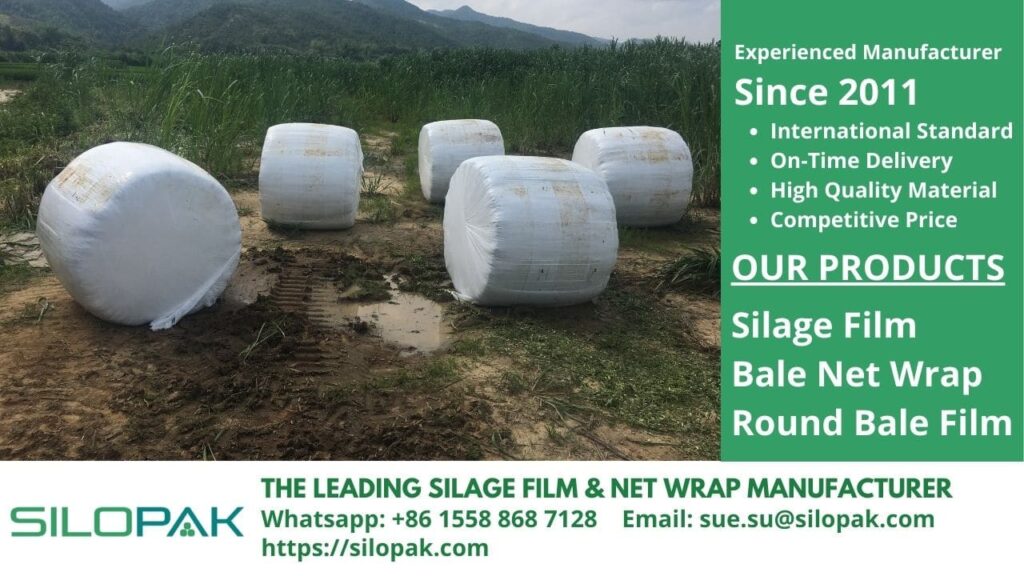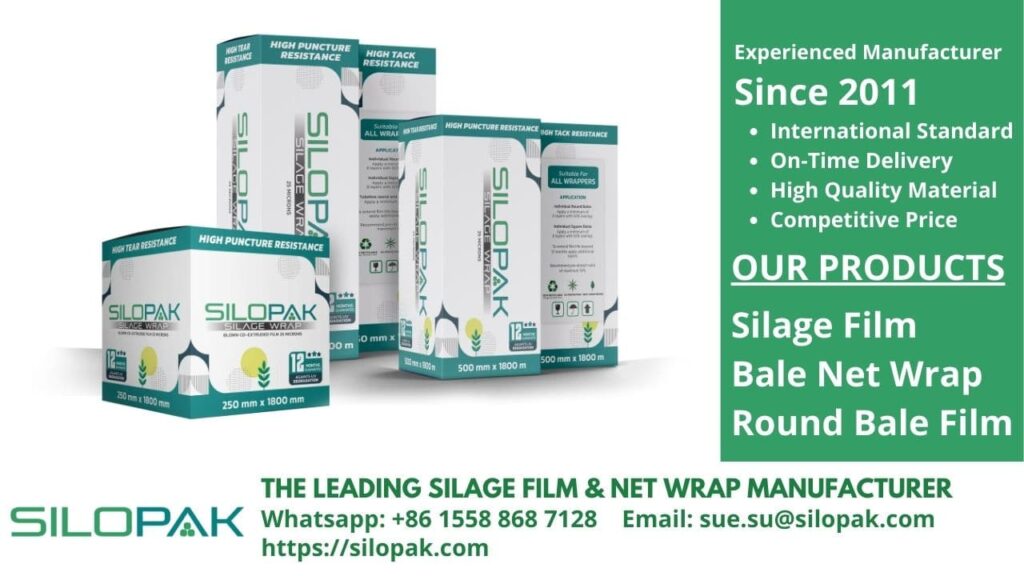
Baleage pH is one of the crucial factors that need to be considered in the manufacture and storage of baleage. A balanced baleage pH level is often used as a benchmark for the acidity and alkalinity of a baleage which plays an important role in the quality and nutritional value of forage, especially for animal feed. Let’s look at the definition of baleage pH, the ideal pH range, and tips for optimal baleage pH.
contents
Definition of Baleage pH
Baleage pH is a measure of the acidity or alkalinity of baleage, which is a type of animal feed preservation through the process of wrapping and sealing. The value is very important to determine the quality of animal feed, and whether the forage consumed will be suitable for livestock digestion or not.
There are some factors that influence whether or not the pH balance is ideal. Starting from the type of forage, the level of maturity at harvest, the raw materials used, and no less importantly the storage technique and quality of the silage product used.
Ideal Baleage pH Value
Baleage pH is measured using a pH meter or pH strip on a scale of 0-14. A pH value of 7 is considered neutral, below 7 is considered acidic, and above 7 is considered alkaline.
Ideally, baleage should have a pH value between 4.0-5.5 to prevent spoilage or spoilage, and promote the growth of beneficial bacteria. An ideal pH helps ensure that forage is properly preserved and retains its nutritional content, and can be consumed safely by livestock.
Tips for Optimal Baleage pH
To get quality baleage with optimal pH, there are at least 2 ways that need to be considered, namely as follows.
Storage Technique
Proper storage techniques are essential to maintain optimal baleage pH.
Storage Area
Baleage should be stored in a dry place and protected from direct sunlight. Choose a cool, dark place, such as a shed or other enclosed space.
Storage Temperature
The ideal baleage storage temperature is between 15-25 degrees Celsius. Temperatures that are too low or too high can affect the quality of the baleage and its pH.
Moisture Content
Proper Baleage humidity can prevent the growth of mold and bacteria. Ideally, baleage storage humidity is around 40-60% for grasses and 65-70% for legumes.
Ventilation
Make sure there is good air circulation to prevent condensation from forming on the baleage. Condensation can trigger the growth of bacteria and mold.
Storage Packaging
Baleage must be well compacted and then stored in suitable packagings, such as LLDPE silage film, to help the lactic acid bacteria work optimally. Make sure the packaging is tightly closed and sealed properly to protect it from moisture and air.
Storage Time
Baleage should be stored for at least 2-3 weeks before use. This gives time for lactic acid bacteria to ferment and produce optimal baleage.
Choosing the Right Products and Manufacturers

Here are some factors to consider in choosing the right silage producer and equipment to produce optimal baleage:
Type of Silage Tool
There are several types of silage equipment available, such as balers, wrappers, and choppers. Choose the right silage tool for the type of raw material to be used and the desired production capacity.
Quality of Material and Design
Ensure that the selected product is of high quality and durable, has an effective design, good resistance to UV rays and high tensile strength.
Pay Attention to the Thickness and Width
Make sure the thickness and width of the product by the needs because it can affect the resistance and protection of the raw materials produced.
Ease of Use
The product should be easy to use, have a wide user manual, and not require special skills to use.
After-Sales Service and Warranty
Ensure that the manufacturer provides good after-sales services, such as technical support and spare parts, as well as equipping the product with a manufacturer’s or seller’s warranty. This helps maintain the quality and performance of the silage equipment while providing additional protection and safety in the use of the product.
Reviews and Recommendations
Find out reviews and recommendations from other users or experts. Reliable and reputable manufacturers can provide quality products and good service.
7. Fees
Consider the cost of the product to be purchased. Choose tools that are not just cheap, but within your budget and still of high quality.
In the end, baleage pH is an important factor that determines optimal forage yield. This is the definition of baleage pH, the ideal pH range, and how to optimize pH baleage.

